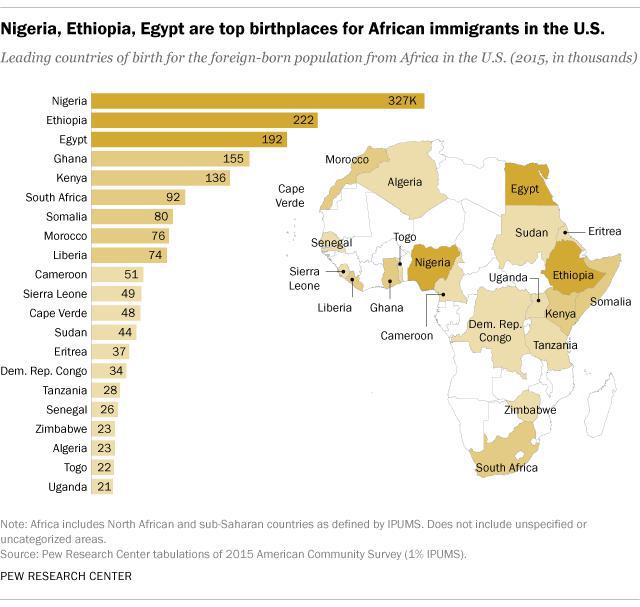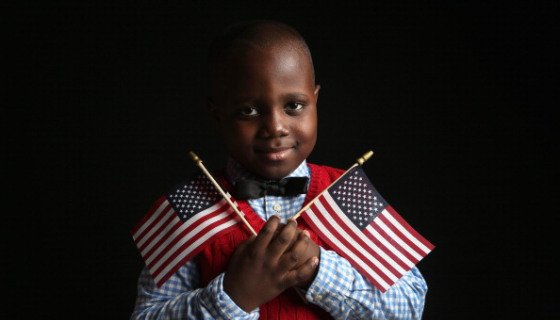According to Pew research, there were 2.1 million African immigrants living in the United States in 2015, up from 881,000 in 2000 and a substantial increase from 1970 when the U.S. was home to only 80,000 foreign-born Africans. They accounted for 4.8% of the U.S. immigrant population in 2015, up from 0.8% in 1970.
They are doctors, lawyers, engineers, professors and entrepreneurs, as well as refugees – many of whom are themselves highly skilled professionals.
The U.S. Census Bureau’s America Community Survey showed from 2008-2012, 41% of foreign-born Africans had a bachelor’s degree or higher, compared to 28% for all other immigrants. They are among the highest wage earners, they pay substantial taxes and they often fill jobs where there are critical shortages across the United States, such as in health care.
Today the United States is the number one destination for students from sub-Saharan Africa, ranking ahead of the United Kingdom. Over 31,000 Africans are presently enrolled in U.S. universities.
Foreign-born Africans come from all over the continent, but the largest countries of origin for African immigrants are Nigeria, Ethiopia, Egypt, Ghana and Kenya. These five countries accounted for half of the foreign-born African population in the U.S in 2015.
African immigrants from the sub-Saharan region are also more likely than immigrants overall to enter the U.S. through the diversity visa program – an act passed in 1990 to encourage immigration from underrepresented nations. This legislation was initially intended to boost the number of Europeans migrating to the U.S., but many Africans have also benefited from the initiative.
African immigrants to the U.S. are more likely to settle in the South (39%) or the Northeast (25%), than in the Midwest (18%) or West (17%), while the largest numbers of African immigrants are found in Texas, New York, California, Maryland, New Jersey, Massachusetts and Virginia. Each of these states is home to at least 100,000 foreign-born Africans.
In other states, Africans represent a higher percentage of the foreign-born population than the national average. Fueled by the state’s sizable Somalian-born community, 21% of Minnesota’s foreign-born population is from Africa. Many refugees from Sudan, Somalia and Ethiopia have settled in South Dakota (Ethiopians are the largest immigrant group overall there). Africans make up around 15% of South Dakota’s foreign-born population. They also account for a substantial share of the overall immigrant population in several other areas, some examples being Maryland, North Dakota, Vermont and Washington, D.C.



